Summer garden pests and diseases

Many common garden pests emerge as the warmer months ensue. By mid to late summer, if allowed to proliferate unchecked, these pests can cause serious damage to plants. Healthy plants will always have a better chance at resisting the scourge of pest infestations; working on the overall health of your garden will minimize the impact […]
Acid Lovers…
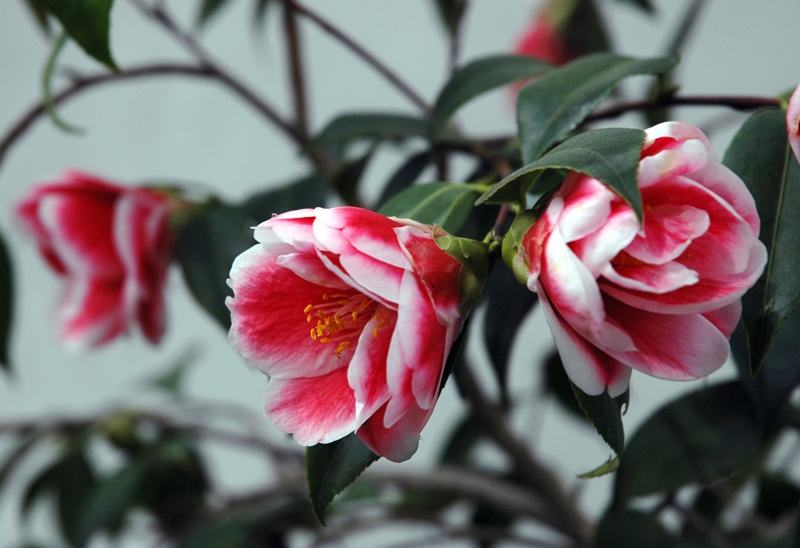
Acid loving plants… Both feared and revered by gardeners, the acid loving plants include popular garden ornamentals such as azaleas, gardenias, daphne, camellia, pieris and rhododendrons. Producing some of the most beautiful and wonderfully fragrant blossoms, these plants can be problematic for gardeners, as generally, they prefer a pH of around 5.5; this lower pH […]
Irrigation…

Gone are the days of running the sprinkler during hot, lazy summer afternoons. Residential irrigation systems are becoming an essential management tool to maintain our gardens while supporting water saving initiatives. One of the key steps to designing your irrigation is to understand the water requirements of your plants and the natural attributes and deficiencies […]
Watering…
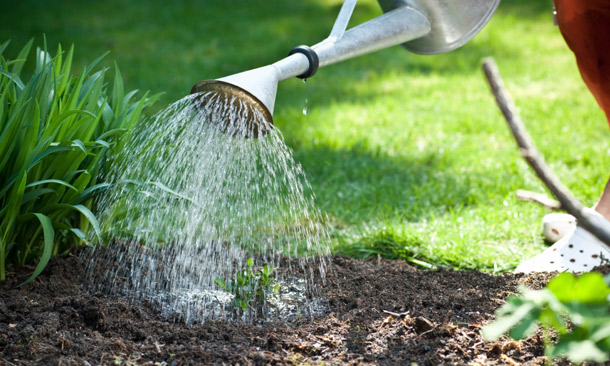
Understanding your soil type is the first step to effective watering. Soil types can be broken into three basic categories, loam, clay and sand. Loam soil – Loam is the ideal soil type, it holds water and drains well and can be watered deeply and infrequently. Clay soil – Clay soil holds moisture for long […]
Successfully sowing seeds…
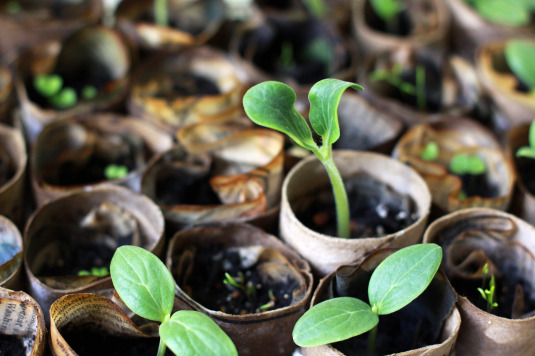
Successfully sowing seeds… Springtime, is the right time for sowing seeds for your summer vegetable and flower gardens. Purchasing seedlings may save you some time, however seedlings can be problematic and often do not transition well from punnet to garden bed. The varieties of seeds you have to choose from is enormous so you can […]
Magnificent Magnolias

Heralding the coming of spring, Magnolias, especially the deciduous varieties hold a special place in the hearts of many a gardener with their stunning displays of large, fragrant blooms on elegant naked branches. Originating in Asia there are over 100 species and unnumbered cultivars. They are well adapted to Australian conditions and provided you give […]
Winter…where did my garden go?
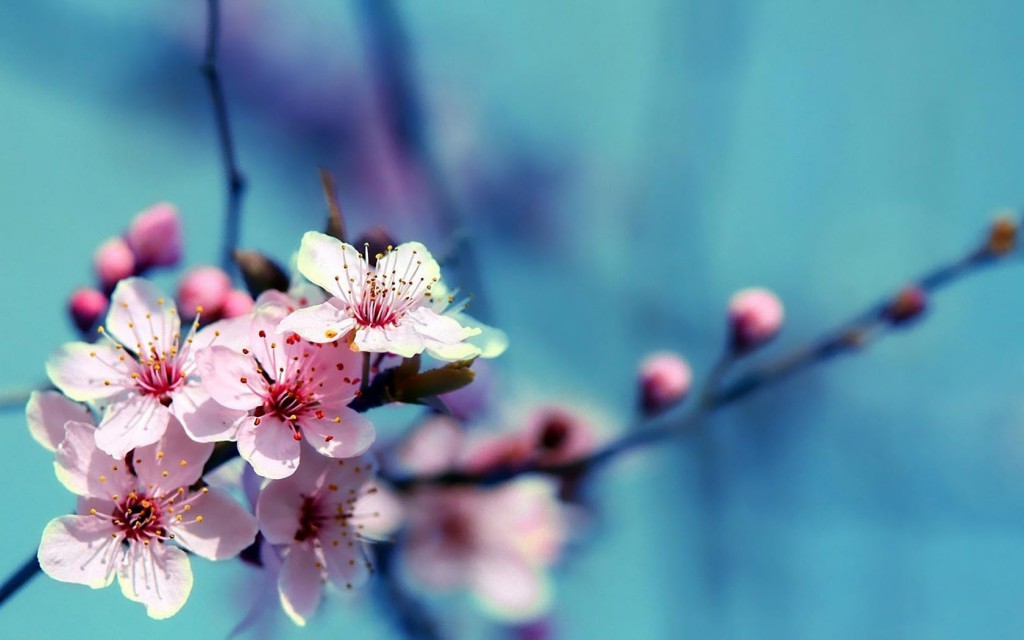
At first glance, your garden may appear to be barely alive in the long, dark cold days of winter. Most of the deciduous plants will be skeletal versions of their springtime selves, the ground hard and bare where all the spring and summer perennials have rotted away, the summer grasses yellowing off…a general sense of […]
Potted Gardens
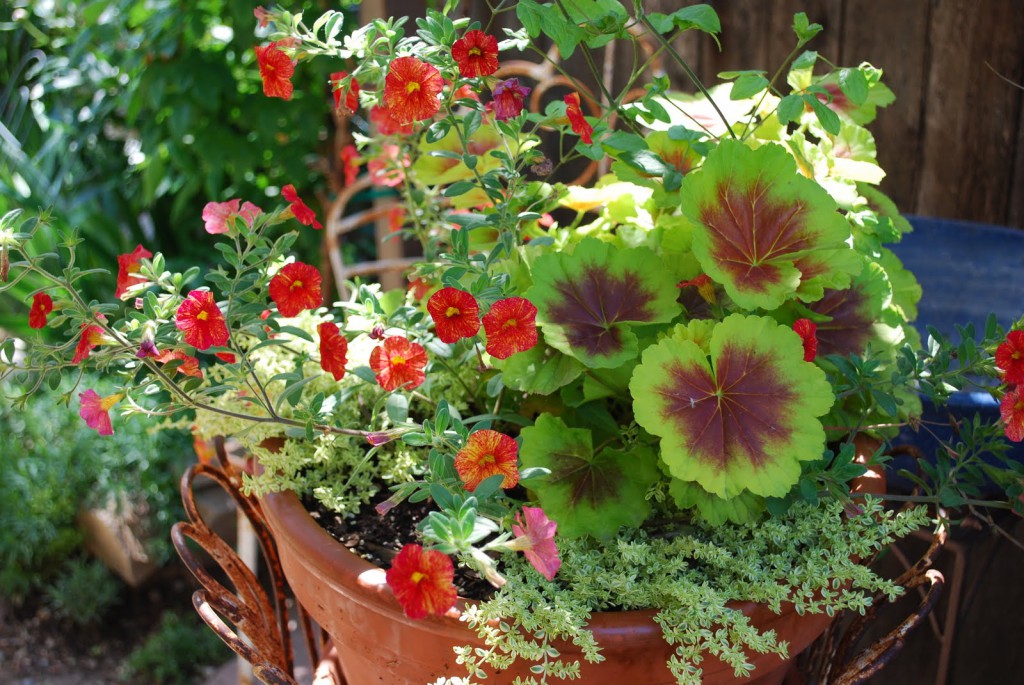
Creating a potted garden is just like arranging flowers; you build up layers of texture, colour and form in an arrangement to fill, highlight or lift the space…and when you are ready for a change, you just rearrange. Another reason for choosing to pot plants is that soil conditions and plant selection are not always […]
Courtyard Gardens

In a small courtyard style garden, bringing together the functional properties without cluttering the limited space can be a challenge. Here are a few design considerations that may help maintain the important sense of spaciousness, ambiance and calm that can make your small garden a relaxing haven from the business of everyday life. Using the […]
Japanese Garden Design
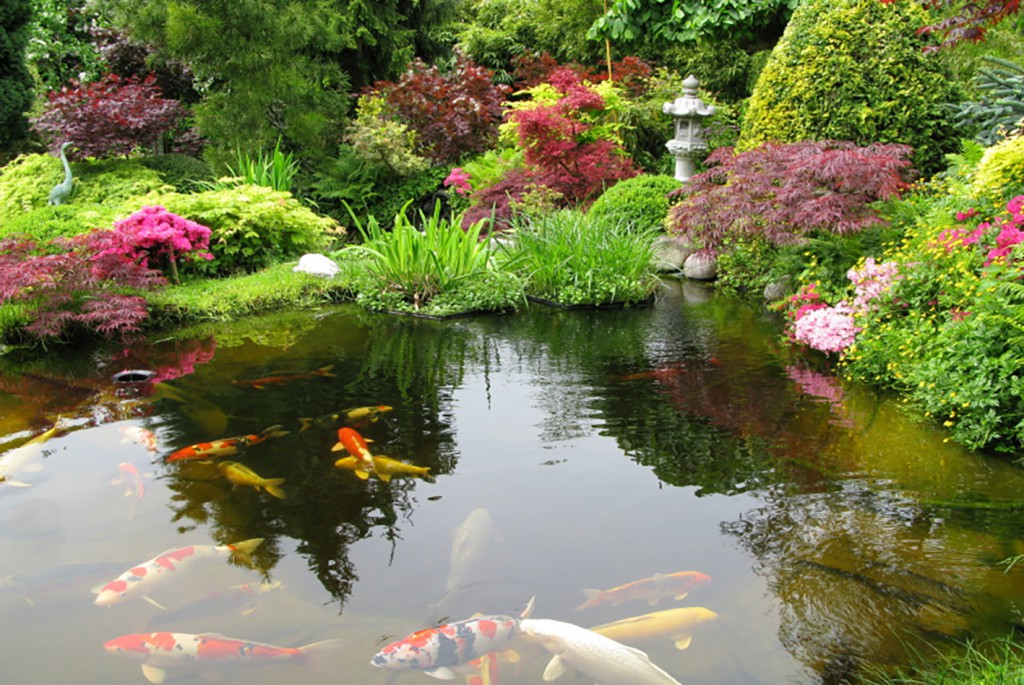
Japanese Gardens are part of the great tradition of landscape design. Did you know there are five basic styles of Japanese Gardens? Each highly stylized, they all have a specific theme and purpose and use plants and objects as symbols. Chisen-shoy?-teien or pond gardens Influenced by Chinese garden design, the ponds represent the seas and […]